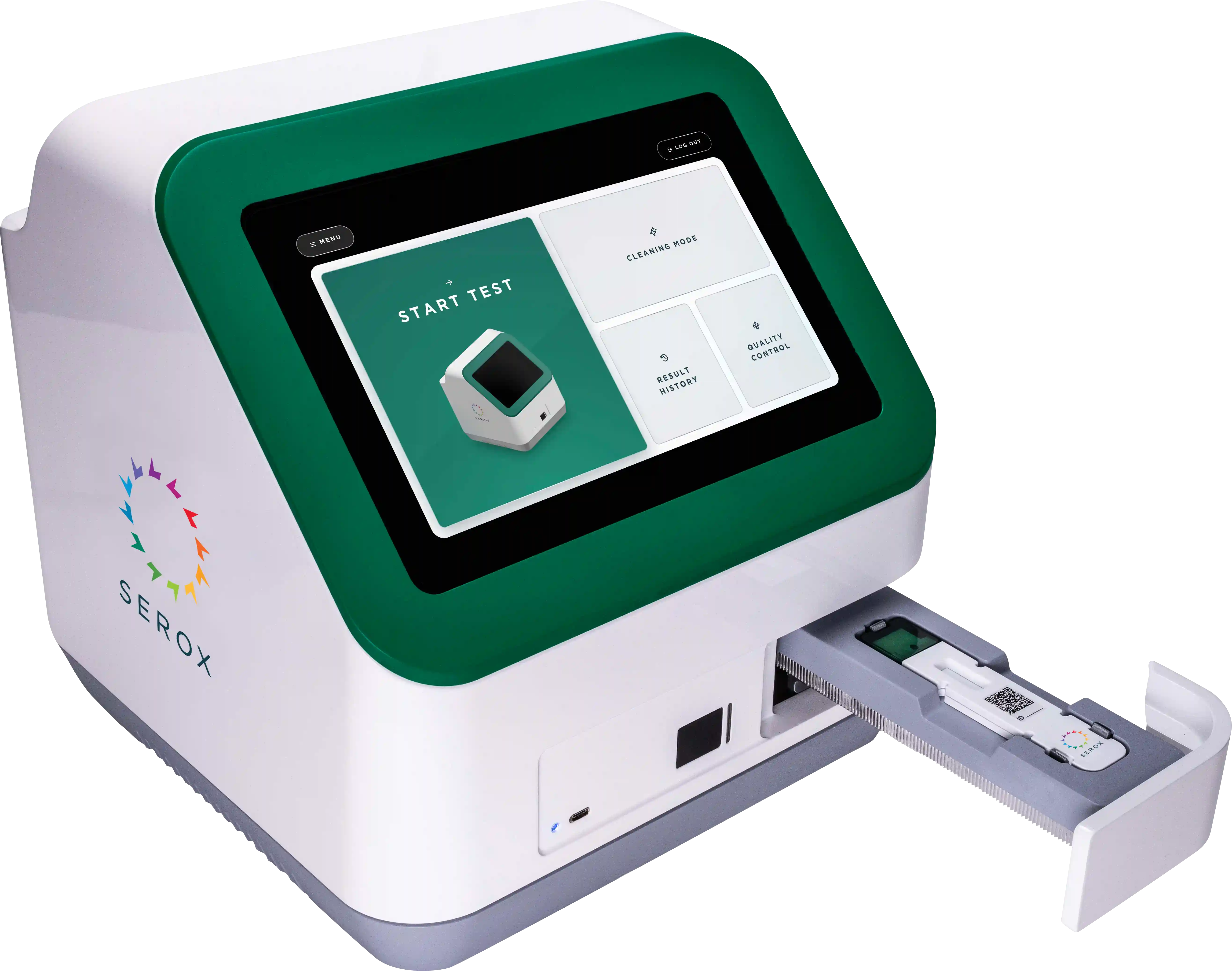
Machine Learning unlocks the power of Quantum Biosensing
Serox's data-centric approach is designed to take IVD on the journey through regionalisation to personalisation.
Analyse
Serox detects disease by identifying unique ‘biochemical fingerprints’ in biological fluids, such as urine and plasma.
Encompass
Serox doesn’t target individual biomarkers: it takes the aggregated Surface Enhanced Raman (SERS) response of all the metabolic compounds found in the sample.
Enhance
Serox uses quantum biosensing (SERS) to focus on subsets of metabolic compounds which are known to be associated with disease and enhance their signal by orders of magnitude.
Classify
Serox uses Machine Learning algorithms to build disease specific models from these unique biochemical fingerprints.
We aim to extend the range of IVD tests available at the point-of-care and make them more affordable so that one day Serox can touch a billion lives.
Better
Use urine instead of blood, imaging or biopsy.
Faster
A result within 3 minutes.
Cheaper
Total workflow cost an order of magnitude less.
We bring together photonics
and machine learning
01
Urine contains metabolites that provide multiple biomarkers of disease within the metabolic 'soup' that is urine.

02
The spectrometer obtains the aggregated response from the ensemble of biomarkers contained in this metabolic soup.
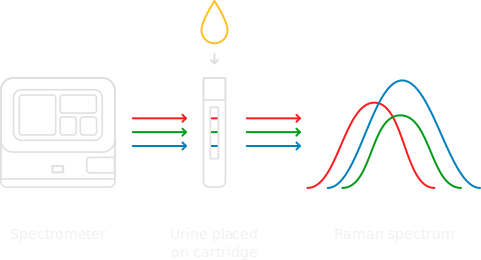
03
SERS allows discrimination between diseased and non-diseased samples. The signal can be enhanced using SERS.
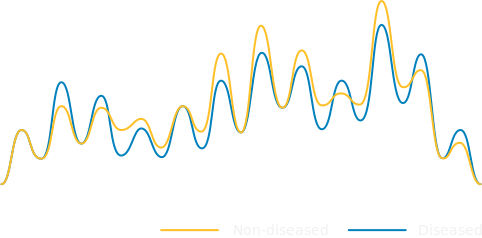
04
The response of all metabolites is aggregated. Serox uses Machine Learning to isolate the target signals and categorise the output.
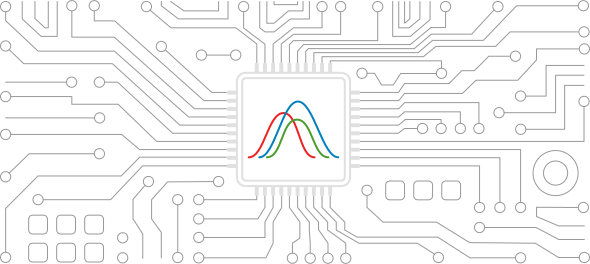
05
The resulting model allows clinical users to differentiate between diseased and non-diseased samples and is embodied within software.
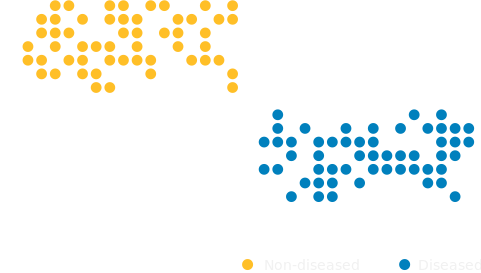
06
Multiple diagnoses are viable from a single sample. The cartridge can be optimised for target diseases.
Journey to transformation
Our product road map
We can use our lower-cost multi-test capability to offer 'panels' of tests that deliver to the needs of clinical specialisms, a stage in life, or where one symptom may currently require multiple tests.
Bladder Cancer
Prostate Cancer
Breast Cancer
Kidney Cancer
UTI
Stay in touch.
Sign up to our Newsletter.

Serox Ltd
Unit 22, Hanborough Business Park Oxford,
OX29 8LH
© 2024. All rights reserved.
